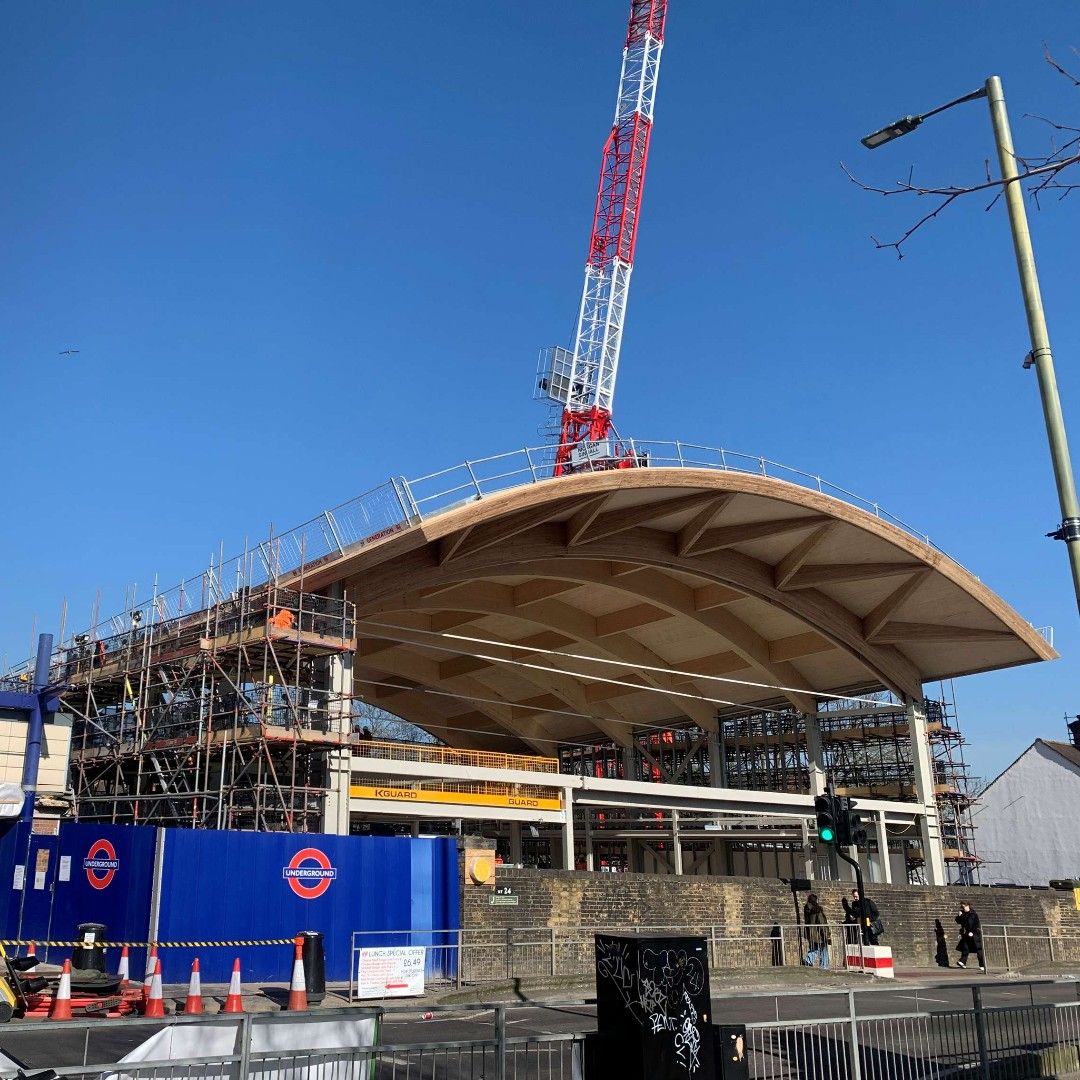
“The process of maintaining an updated plan is far more efficient. By no longer updating their work in silos, teams can easily identify and resolve issues in seconds.”
Complementing the airport operator’s recent £160m transformation programme, the scheme will deliver a truly world-class passenger experience at LondonLuton Airport.Two of the UK’s leading engineering and construction contractors VolkerFitzpatrick and Bedfordshire-basedKier have formed a joint venture - Volker Fitzpatrick-Kier (VFK) - as the lead contractor responsible for building and completing civils works for the state-of-the-art Luton DART. Works include the Luton DARTParkway and Luton DART Terminal stations, the Gateway Bridge over Airport Way, a viaduct leading out from Luton DART Parkway Station along with a tunnel and approaches to the airport terminal. A world class engineering project requires world class planners and engineers!
Ryan’s Story
Ryan is a Section Engineer responsible for delivering the project’s viaduct, a major and bespoke civil engineering challenge. Design results in engineering from first principles the solutions to logistics, formwork and construction methods. Not being able to use off the shelf processes and materials means added complexity and tight timelines (plus a lot of work for Ryan). It’s critical for Ryan that he always has a detailed and accurate plan to ensure his team and subcontractors are delivering to targets. That way, when delays are incurred, he is able to take action or resequence to makeup for lost time.
Like many other Engineers, Ryan previously managed his lookahead on spreadsheets. Using a tool that wasn’t fit for purpose meant every interaction with his plan was a time-consuming and tedious process. For him, maintaining an accurate plan often meant various versions emailed back-and-forth between himself and the wider team until everyone was on the same page. What seems like a basic and mundane part of construction management was significantly eating into his limited time every day.
Since using Aphex, Ryan can plan and communicate work to his team in a fraction of the time. How much less?
“There is a massive difference in the time it takes to resequence works. Aphex is an easy bit of kit to use, that 3 hour job now can take me 2 minutes”.
With the entire project on Aphex, Ryan no longer needs to keep teams informed of updates by email. The project has one central plan that is always up to date and Aphex automatically sends notifications of planned work to the users. Zainab and the Planners ensure that lookahead plans follow the master schedule and Ryan and the engineers are able to build, change and communicate their lookahead plans in a single environment. When issues arrive, the whole team know immediately and can take steps to mitigate before any more time is lost.
Zainab’s Story
As a Senior Planner on the project, Zainab is responsible for both breaking down the complex 3 year programme into short-term, deliverable targets that as well as tracking the performance of the works. With a complex engineering project such as Luton DART, where the engineering team are always focused on the next technical challenge, Zainab has a real challenge in both finding ways to to communicate the master schedule and keep track of the real causes of deviations.
Historically, Zainab would manually review the master schedule and transcribe the short term targets to spreadsheets for the different construction teams. The engineers (like her colleague Ryan) would separately build out individual lookaheads and send them back via email. As one would imagine, with so much concurrent and interdependent work, even the best of the best would produce lookaheads filled with errors in sequencing and clashing plans and ultimately work that couldn’t be delivered. As for Zainab, the whole process would take a huge amount of time every week with numerous back-and-forth rounds of editing.
With Aphex, Zainab can import or add the upcoming work from the master programme and the engineers can build out their detailed plans in a common environment.Demand for resources and space can be mapped and seen by all the users so Zainab doesn’t need to manually collate plans any more.
“The process of maintaining an updated plan is far more efficient. By no longer updating their work in silos, teams can easily identify and resolve issues in seconds.”
As for tracking of progress, the performance of the key deliverables and the causes of any slippage are automatically taken care of by Aphex. Now, when Zainab completes the monthly master programme update, any delays are recorded by Aphex on the specific short term activity on which it occurred. This data helps the team both in identifying areas for improvement and in protecting contractual rights for the project.

Heading
Lorem ipsum dolor sit amet, consectetur adipiscing elit. Suspendisse varius Duis cursus,










